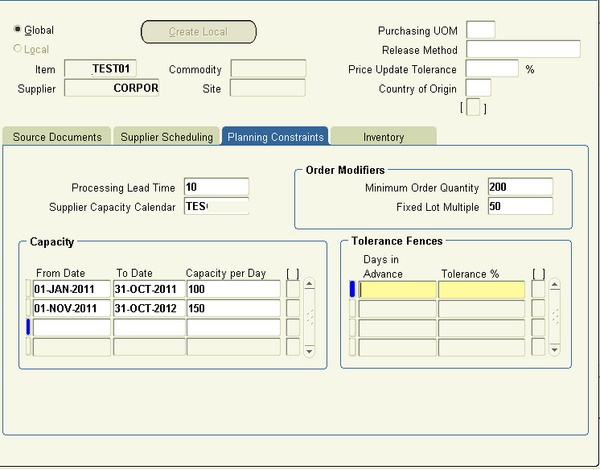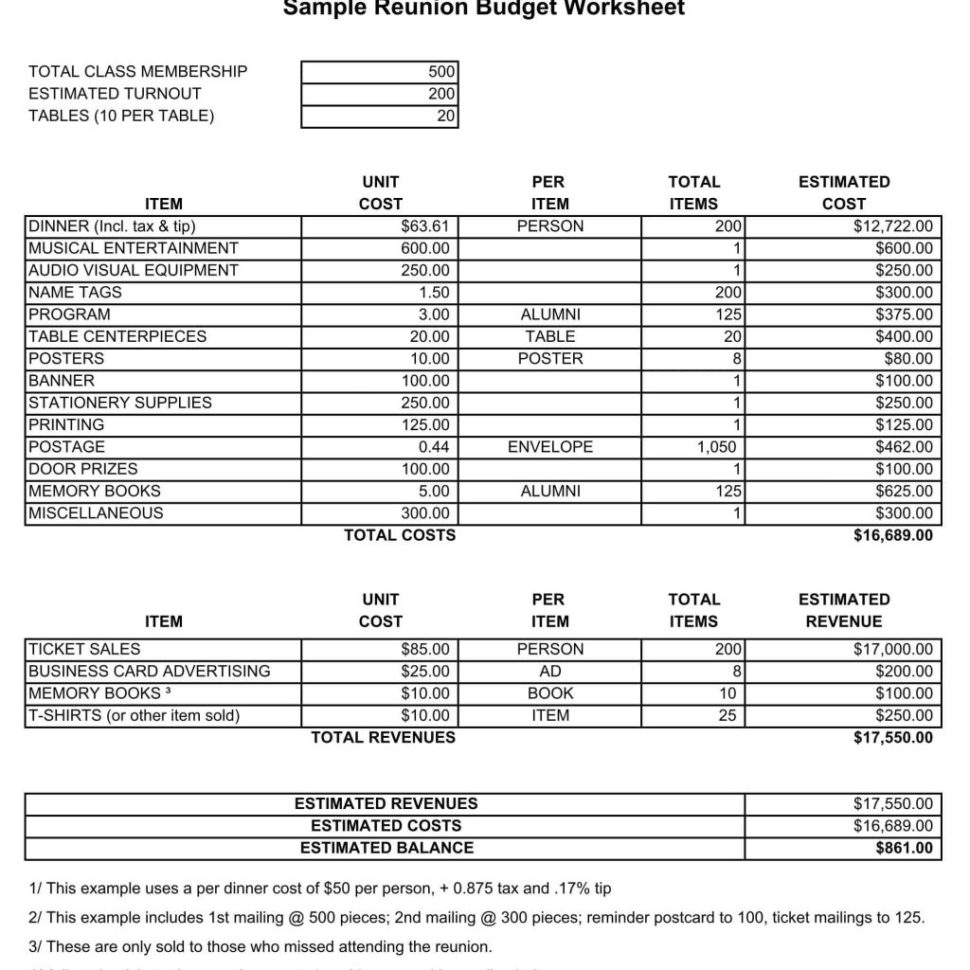

SPACE_ALLOC : The number of bytes allocated to the object in the tablespace at that time. SPACE_USAGE : The number of bytes actually being used by the object data. Records are not produced for values of TIME that precede the oldest recorded statistics for the object. TIMEPOINT : A TIMESTAMP value indicating the time of the reporting interval. The output table has the following columns. If the return table is very large, the results are pipelined so that another application can consume the information as it is being produced. The procedure returns a table, each of row of which provides space use information on the object for one interval. This setting is useful when the result table will be displayed as a table rather than a chart, because you can see more clearly how the actual recording interval relates to the requested reporting interval. SKIP_INTERPOLATED : Determines whether the procedure should omit values based on recorded statistics before and after the INTERVAL (' YES ') or not (' NO '). INTERVAL : The length in minutes of the reporting interval during which the procedure should retrieve space use information. END_TIME : A TIMESTAMP value indicating the end of the growth trend analysis. START_TIME : A TIMESTAMP value indicating the beginning of the growth trend analysis. PARTITION_NAME : The name of the table or index partition, is relevant. The procedure requires as input the following values. Please refer to for detailed information on the parameters of this procedure. The procedure retrieves the space use totals from the Automatic Workload Repository or computes current space use and combines it with historic space use changes retrieved from Automatic Workload Repository. The OBJECT_GROWTH_TREND procedure of the DBMS_SPACE package produces a table of one or more rows, where each row describes the space use of the object at a specific time. ALLOC_BYTES : The amount of space allocated for the index in the tablespace. USED_BYTES : The number of bytes representing the actual index data. The procedure returns the following values. In the absence of recent statistics, the procedure does not issue an error, but it may return inappropriate results. Therefore, be sure to obtain statistics shortly before executing this procedure. The results returned by this procedure depend on statistics gathered on the segment.

PLAN_TABLE : The name of the plan table to use. The table specified in this DDL statement must be an existing table. DDL : The CREATE INDEX statement that would create the index. The CREATE_INDEX_COST procedure of the DBMS_SPACE package lets you estimate the space use cost of creating an index on an existing table. USED_BYTES : The actual bytes used by the data, including overhead for block metadata, PCT_FREE space, and so forth.ĪLLOC_BYTES : The amount of space anticipated to be allocated for the object taking into account the tablespace extent characteristics. The second variant also requires for each anticipated column values for COLINFOS, which is an object type comprising the attributes COL_TYPE (the datatype of the column) and COL_SIZE (the number of characters or bytes in the column). In addition, the first variant also requires as input a value for AVG_ROW_SIZE, which is the anticipated average row size in bytes.
#Oracle capacity planning and sizing spreadsheets free
PCT_FREE : The percentage of free space you want to reserve in each block for future expansion of existing rows due to updates. ROW_COUNT : The anticipated number of rows in the table. TABLESPACE_NAME : The tablespace in which the object will be created. Both variants require as input the following values. The second variant uses column information to estimate table size. The first variant uses average row size to estimate size. Please refer to Oracle Database PL/SQL Packages and Types Reference for details on the parameters of this procedure. The CREATE_TABLE_COST procedure of the DBMS_SPACE package lets you estimate the space use cost of creating a table. The size of a database table can vary greatly depending on tablespace storage attributes, tablespace block size, and many other factors. This section discusses those procedures and contains the following sections. Three procedures in the DBMS_SPACE package enable you to predict the size of new objects and monitor the size of existing database objects. Refer to Enterprise Manager online help and Oracle Database 2 Day DBA for details on capacity planning with Enterprise Manager. This section discusses the PL/SQL method. Oracle Database provides two ways to plan capacity for database objects.


 0 kommentar(er)
0 kommentar(er)
